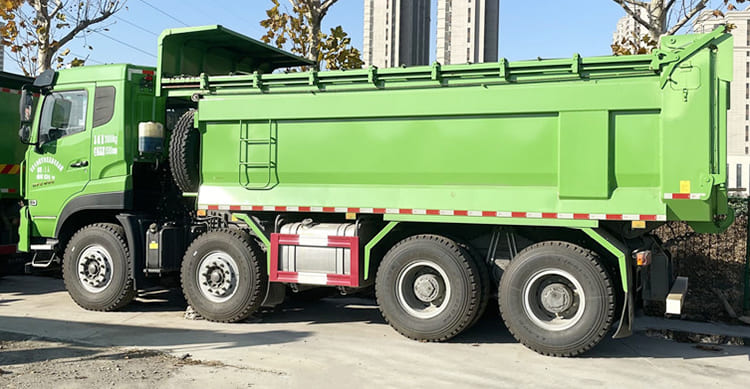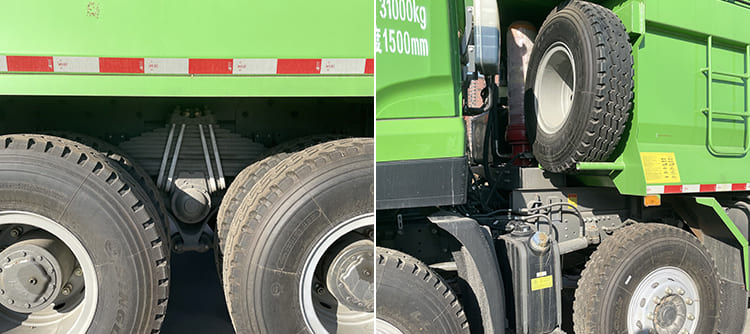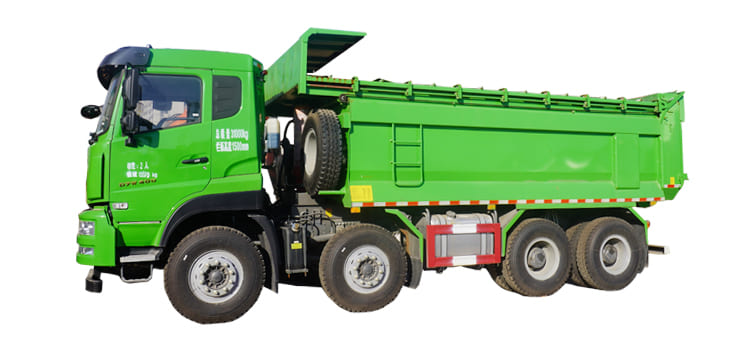 Local Howo Truck Supplier in Tanzania
Local Howo Truck Supplier in Tanzania
 Local Howo Truck Supplier in Tanzania
Local Howo Truck Supplier in Tanzania

Sinotruk Howo D7W 400 Tipper Trucks Prices for Sale in Tanzania
The Tanzania customer came and returned the order this time. Last time, the Tanzania customer placed an order for a Sinotruk tractor. This time, the customer wants to buy a howo tipper truck to meet the customer's need for transporting sand and gravel. In order to return the trust of customer, we will give customer appropriate discounts.
The sales manager provided professional advice to the Tanzania customer, who finally placed an order for a sinotruk howo d7w 400 tipper truck. The client said that he hoped that we could continue to maintain the cooperative relationship next time.

Sinotruk Howo D7W 400 Tipper Trucks Prices for Sale in Tanzania
A howo tipper truck is a vehicle that unloads goods by itself by hydraulic or mechanical lift. It is composed of automobile chassis, hydraulic lifting mechanism, cargo compartment and power take-off device.
howo tipper trucks are often combined with construction machinery such as excavators, loaders, and belt conveyors in civil engineering to form a loading, transportation, and unloading production line for loading and unloading of earth, sand, and bulk materials.
The structure of the engine, chassis and cab of a sinotruk tipper is the same as that of a general truck.

Sinotruk Howo D7W 400 Tipper Trucks Prices for Sale in Tanzania
The high-pressure oil enters the lifting hydraulic cylinder through the distribution valve and the oil pipe, and there is a cab safety protection plate at the front end of the carriage.
The engine drives the hydraulic pump through the transmission and the power take-off device. The hydraulic tilting mechanism of the carriage is composed of a fuel tank, a hydraulic pump, a distribution valve, a lifting hydraulic cylinder, a control valve and an oil pipe.
 Sinotruk Howo Tipper Trucks Prices for Sale in Tanzania
Sinotruk Howo Tipper Trucks Prices for Sale in Tanzania
The engine drives the hydraulic pump through the transmission and the power take-off device, and the high-pressure oil enters the lifting hydraulic cylinder through the distribution valve and the oil pipe, and pushes the piston rod to overturn the carriage. Backward tipping is more common, and the movement of the piston rod is controlled by the steering system to stop the carriage in any desired tilted position. The carriage is reset using its own gravity and hydraulic control.